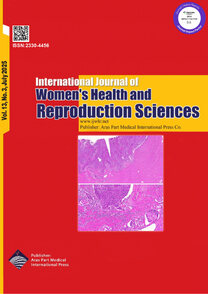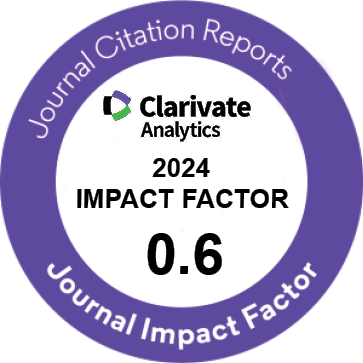| Original Article | |
| Dimensions of Menstrual Rights for Menstruators: A Systematic Review | |
| Nassimeh Setayesh Valipour1, Farnaz Farnam2, Mahmoud Abbasi3, Maryam Damghanian4 | |
| 1PhD Candidate of Reproductive Health, School of Nursing and Midwifery, Tehran University of Medical Sciences, Tehran, Iran 2Reproductive Health and Midwifery Department, Tehran University of Medical Sciences, Tehran, Iran 3Associate Professor in Medical Ethics and Law Research Center, Shahid Beheshti University of Medical Sciences, Tehran, Iran 4Associate Professor in Reproductive Health and Midwifery Department, Nursing and Midwifery Care Research Center, School of Nursing and Midwifery,Tehran University of Medical Sciences, Tehran, Iran |
|
|
IJWHR 2024; 12: 052-062 DOI: 10.15296/ijwhr.2023.34 Viewed : 3280 times Downloaded : 12839 times. Keywords : Reproductive health, Reproductive rights, Menstrual rights, Sustainable Development Goals |
|
| Full Text(PDF) | Related Articles | |
| Abstract | |
Objectives: The concept of menstrual rights is usually discussed as a marginalized topic; in addition, the realization of women’s menstrual rights faces ambiguous structures and challenges. This study, therefore, aimed to systematically review the concept and the most important structural dimensions of the menstrual rights of menstruators in order to evaluate the suggestions on different dimensions of menstrual rights and to raise the awareness of health service providers in this regard. Methods: In this study, all papers and documents addressing this subject and accessible in international databases (i.e., PubMed, Google Scholar, Scopus, and Web of Science) and Iranian ones (i.e., IranMedex and Magiran) were reviewed from September to November 2021. Then 28 papers and documents were selected for final review and analysis. Results: The concept of menstrual rights concerned with the ability of women and girls to manage menstrual issues and enjoy a healthy and sanitary period of menstruation. The structure of menstrual rights consisted of menstrual rights in subcultures and religions, components of menstrual rights (e.g., social rights, health rights, educational rights) and menstrual rights in special cases (e.g., natural disasters, disabilities, transgender, etc). Conclusions: According to our findings, decisive evidence was found about different dimensions of menstruation rights, which may have provided useful background information for the authorities involved in national and reproductive health, private sectors, charities, and activist groups in this field. These authorities, in turn, may have used the obtained evidence to perform civil acts focused on women and girls’ menstruation and reproductive health. |
Cite By, Google Scholar
Google Scholar
PubMed
Online Submission System
 IJWHR ENDNOTE ® Style
IJWHR ENDNOTE ® Style
 Tutorials
Tutorials
 Publication Charge
Women's Reproductive Health Research Center
About Journal
Publication Charge
Women's Reproductive Health Research Center
About Journal
Aras Part Medical International Press Editor-in-Chief
Arash Khaki
Mertihan Kurdoglu Deputy Editor
Zafer Akan























